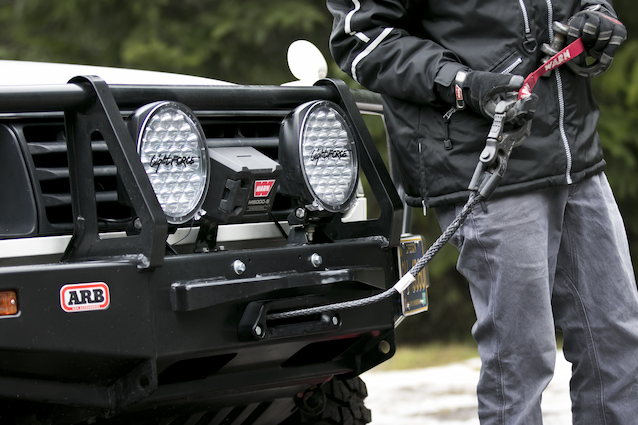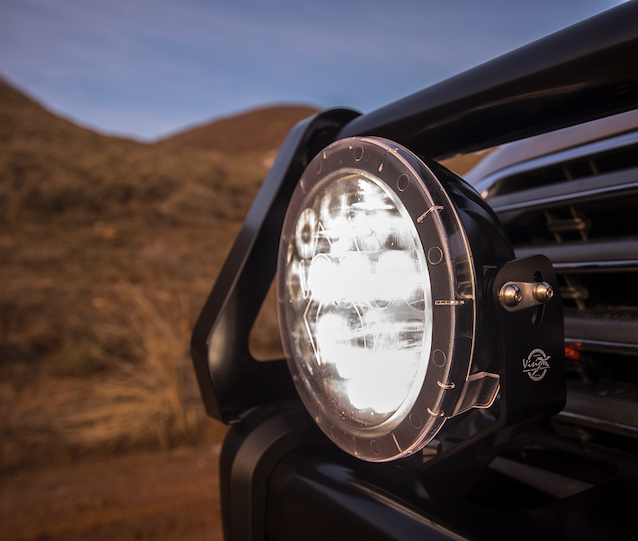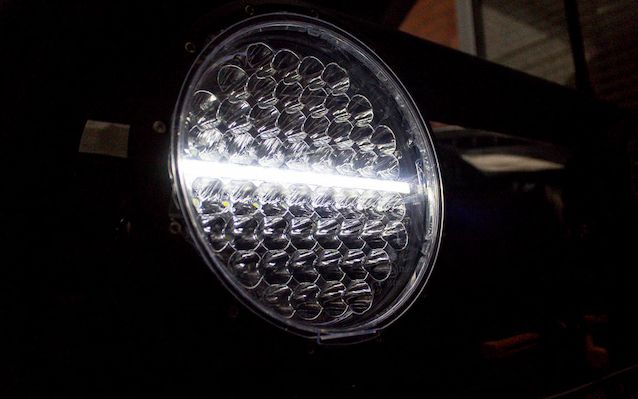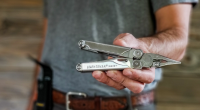How Important Are Off-Road Driving Lights: Things to Consider When Shopping for 4×4 Lights
The world of off-roading has become a huge part of the aftermarket automotive parts industry. Off-road lighting solutions take a huge part of that world. What was once a very limited amount of options is now thousands of different types of lighting solutions has become both a blessing and a curse for consumers. Choosing the best off road driving lights for your vehicle can be difficult, especially if you’re a first-time buyer with no experience under your belt. Luckily, I’ve compiled this simple-to-understand guide on the different types of 4×4 lights, and what they each excel in, as well as what their distinct downsides are.
Finding the Ideal 4×4 Driving Lights

Many people who are faced with too many options have a difficult time making a decision. Buying the right off road driving lights can take quite some consideration in order to make sure you get a product that gives you the type of illumination you really need. There are different types of bulbs, beam patterns, sizes, brands and intended uses, making you question your decision every step of the way.
People who aren’t familiar with off-road lights think that there’s a one-size-fits-all solution, which can’t be farther away from the truth. You can choose between fog lamps, rock lights, spotlights, floodlights, pencil beams, etc. all of which are available in HID, LED and halogen variants, and come with different colour temperatures ranging from amber to blue-ish white.
That being said, you have to ask yourself what kind of off-roading you do, what type of trails you’re tacking, and in what kind of terrain you find yourself mostly before you make a choice. I personally mostly use my off-road lights at dusk, which is when spotting dips and rocks is most difficult.
Beam Patterns

The ideal beam pattern for your vehicle will mainly depend on the speed at which you drive in. The faster you drive, the sooner obstacles in the distance will reach you. That being said, the sooner you can see them, the better. For tight trails and rock crawling, you’ll want a diffused type of lighting that illuminates around you and in front of you. For moderate or winding trails, floodlights and extra driving lights can come in handy.
For high-speed travel, however, you’ll want a focused beam pattern that illuminates further in front of you. These lights will allow you to spot animals, obstacles or other debris in time, allowing you to safely avoid them.
LED vs Halogen

LED lighting solutions are slowly emerging as the go-to type of bulbs for off-roading, and for all the right reasons. They’re power efficient, are less space-consuming and provide the most brightness. That being said, there are some uses for halogen bulbs still, but most people opt for LEDs when it comes to off-road lighting. They last for up to 50.000 working hours, and don’t drain your batteries as much, which is an important aspect to consider, especially if your vehicle is equipped with an air compressor, a winch, fridge and other power-draining accessories. One downside to LEDs is that they don’t emit enough warmth to melt snow and ice off your lights’ lens.
Colour Temperature
As aforementioned, the colour temperature of lights can range from amber to blue-white-ish. Yellow and amber lights are better for use in poor weather conditions, as they’re able to penetrate through fog and water rather than reflecting off of them. This gives you better visibility and the ability to gauge puddles more accurately. Whiter and bluer lights are more fatiguing, but they’re better for spotting obstacles at a range. On the downside, these lights can make some colours appear less natural. Colour temperature is expressed in Kelvin, and the more Kelvin a light has, the whiter and bluer it is.
Safety and Legality
Your stock lights are designed with cut-offs so that they illuminate the road ahead of you, without blinding drivers that come from the other side. However, aftermarket off-road lights aren’t made with these things in mind, so running them on the street is illegal in many states and countries. That being said, get familiar with your local laws to avoid getting fined. Sometimes, you’ll be able to simply cover up your off-road lights, while other times, you might have to take them down altogether.
Installation
Installation difficulty can vary based on the vehicle and where you want to install them. YOu can install a light bar of light pods in an afternoon with a few tools and some elbow grease. Things can get more complicated if you have extra accessories installed, and if you aren’t too handy with tools. Most commonly, you’ll install lights either on your roof or on the bumper, both of which are relatively straightforward processes. Regardless, it’s important to clean the areas of installation properly, and to do the wiring carefully so as to not make it interfere with other parts. If you don’t consider yourself vehicle-savvy, it’s an affair best left to a seasoned professional. While that may end up costing you extra, safety is of paramount importance, especially when venturing off the beaten trail.



